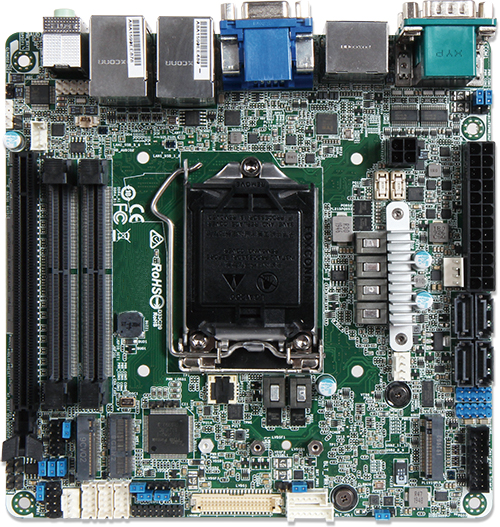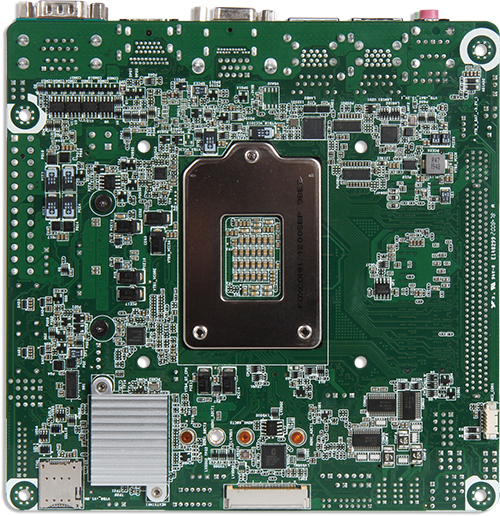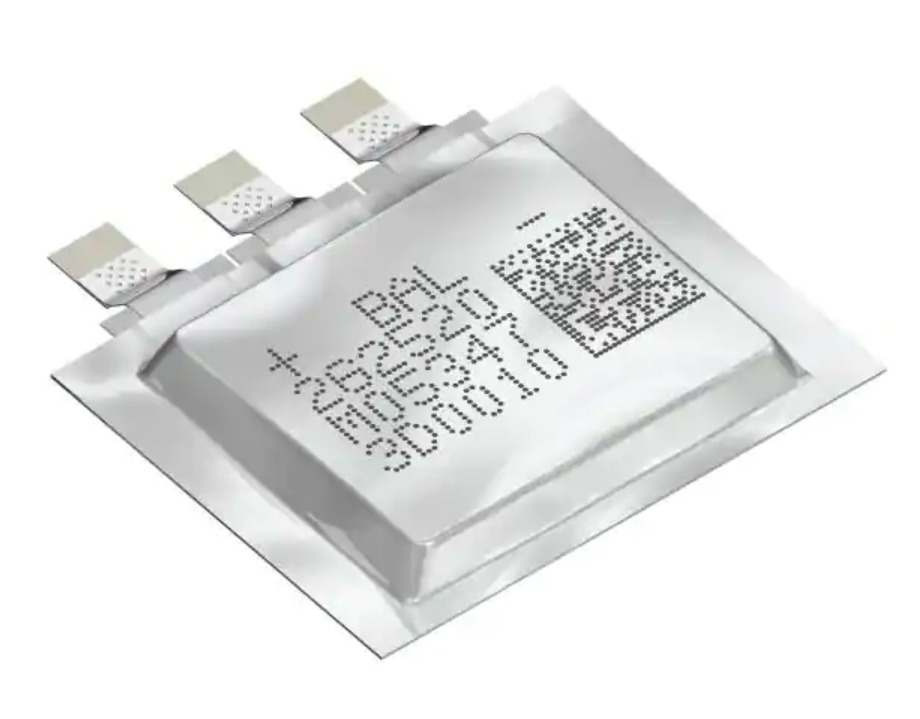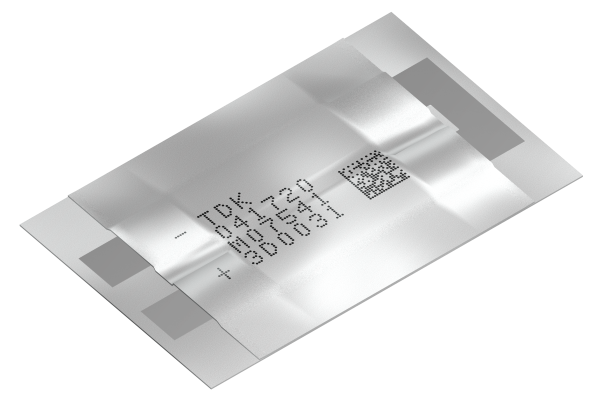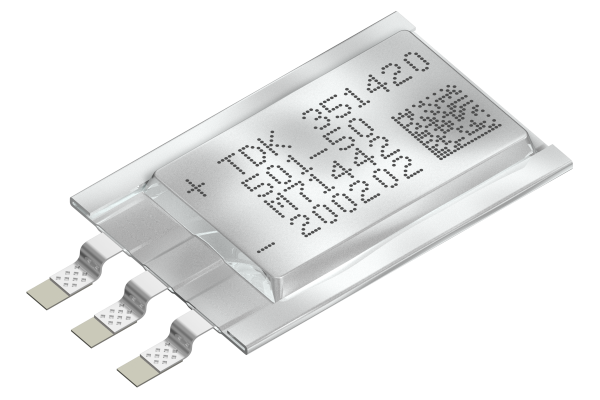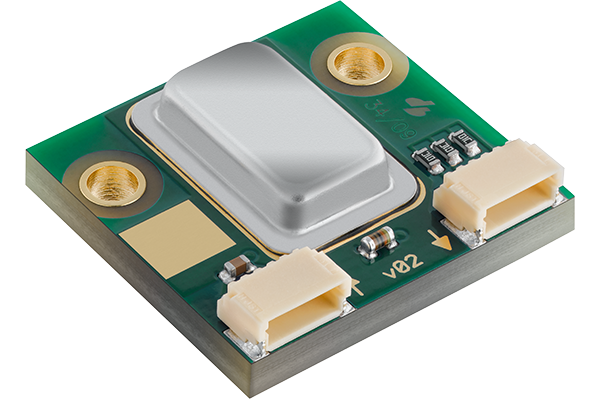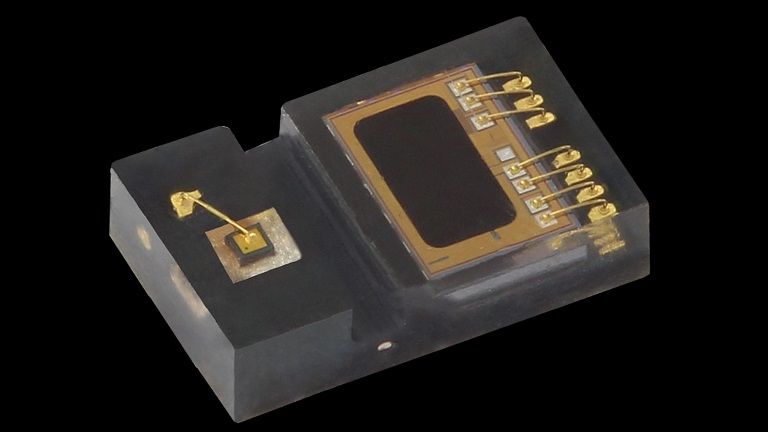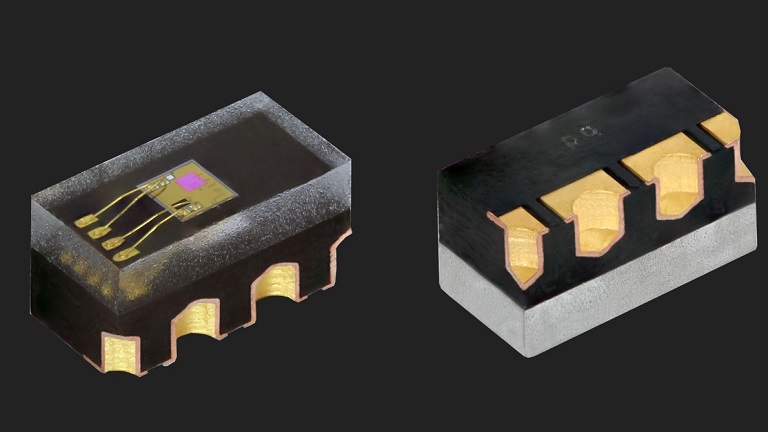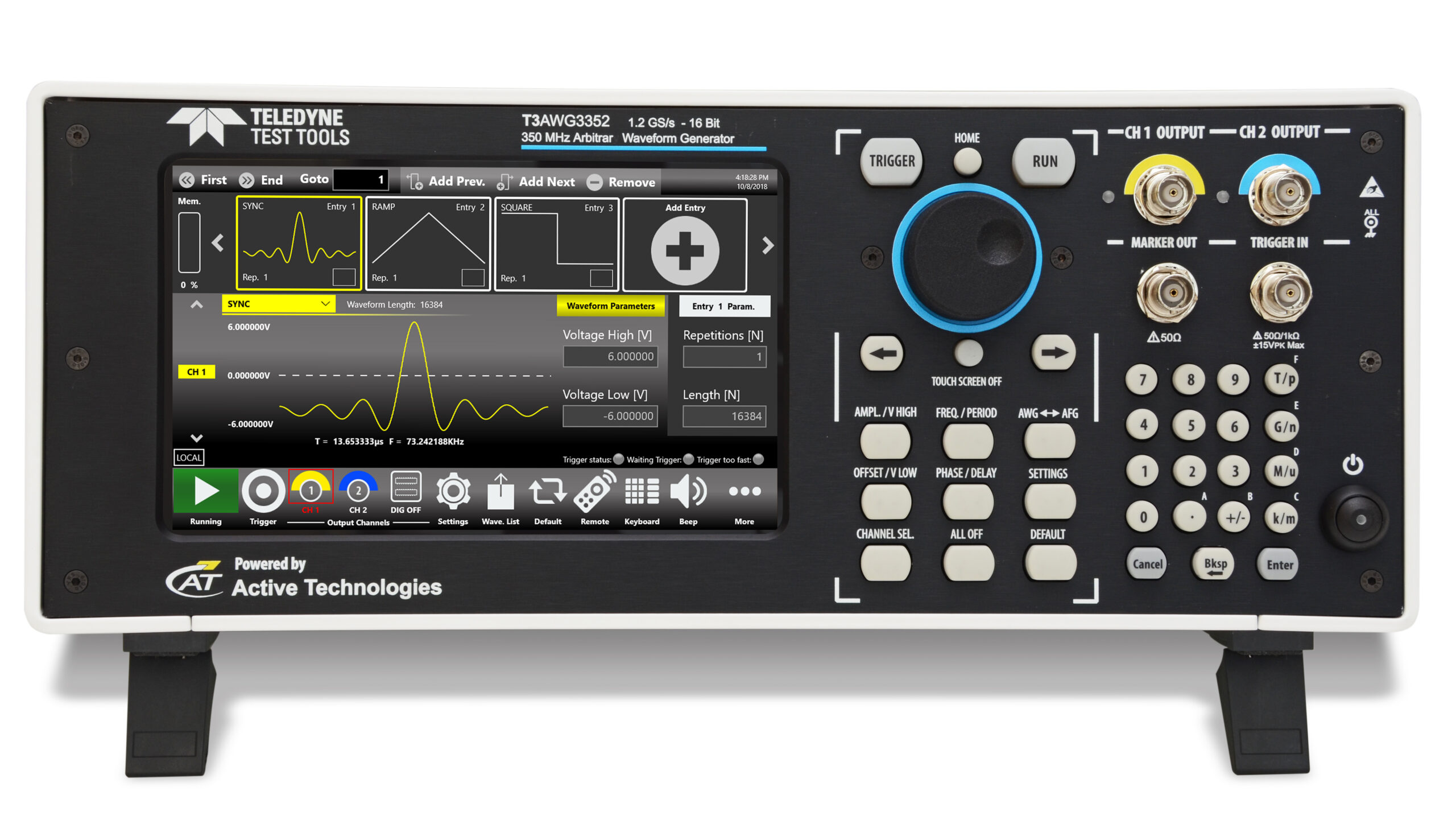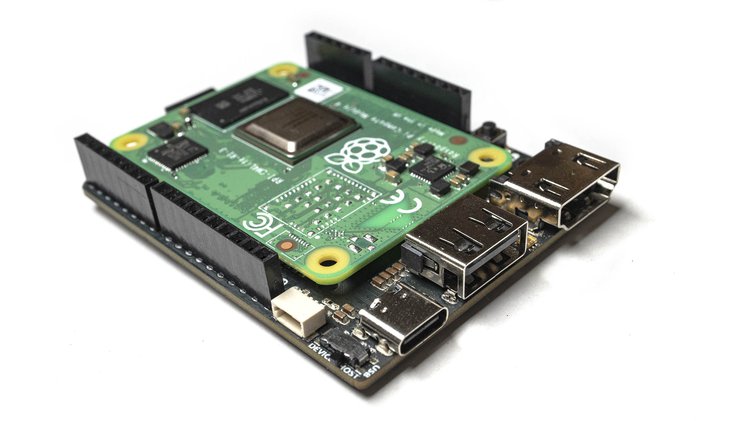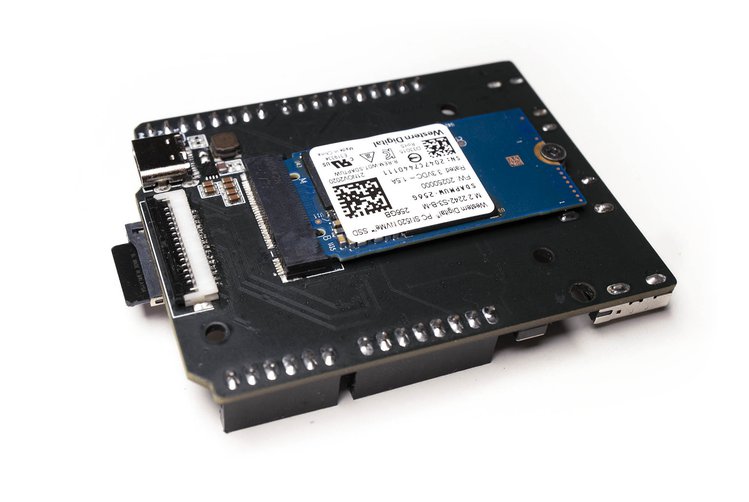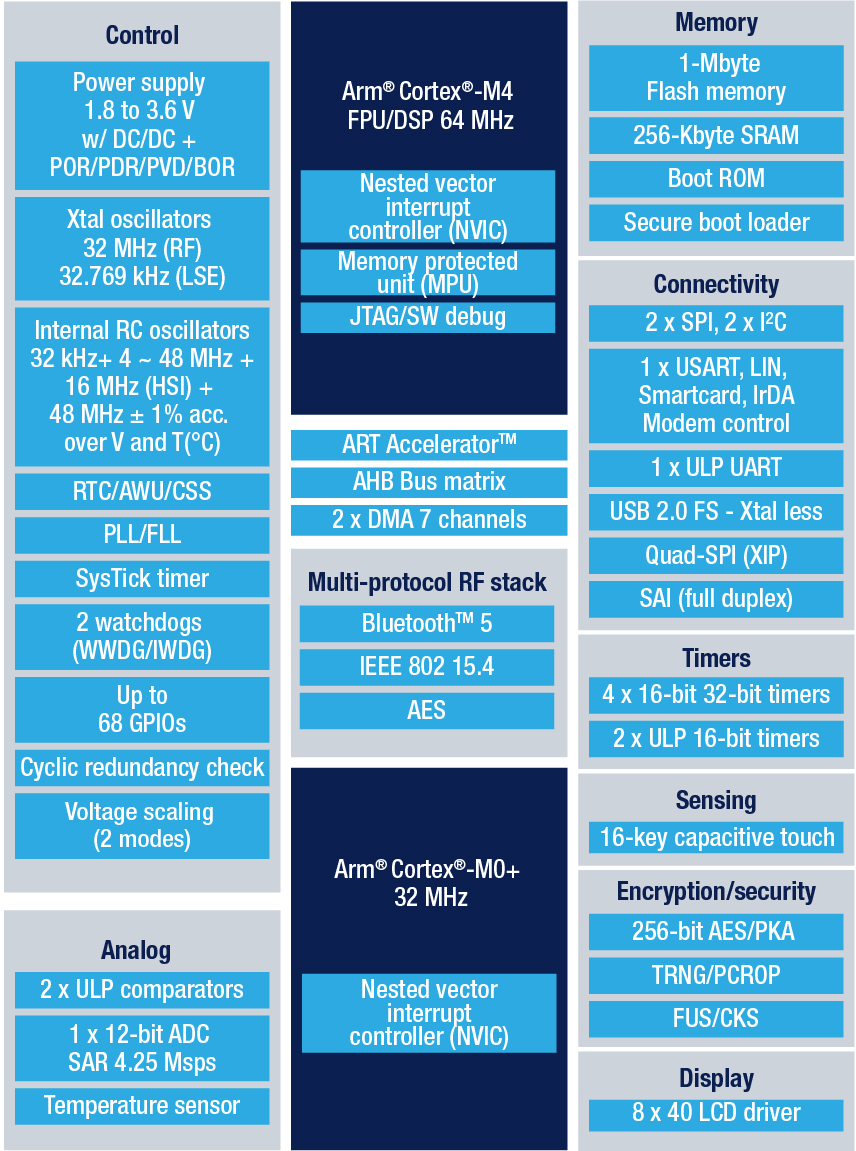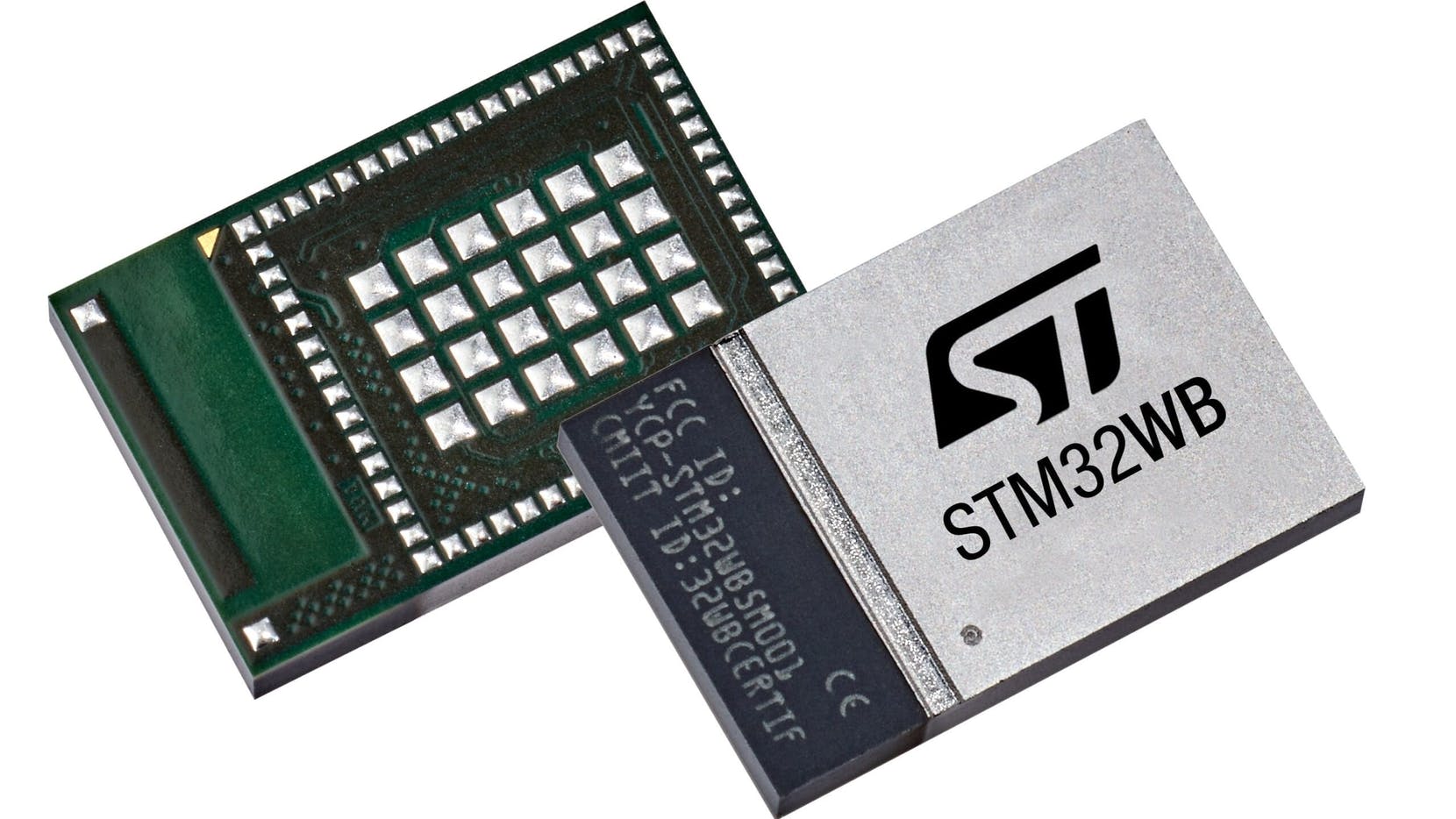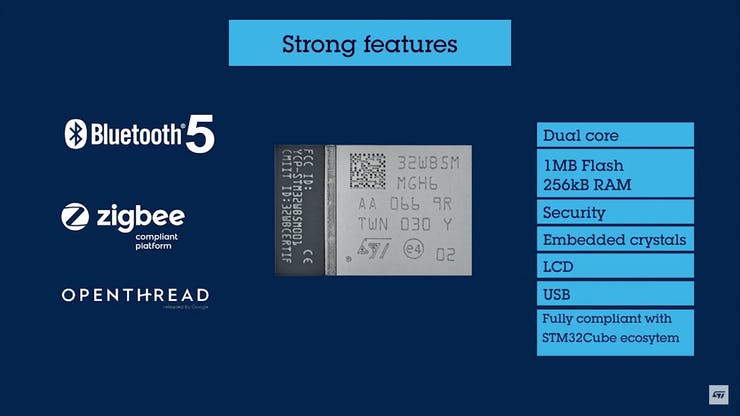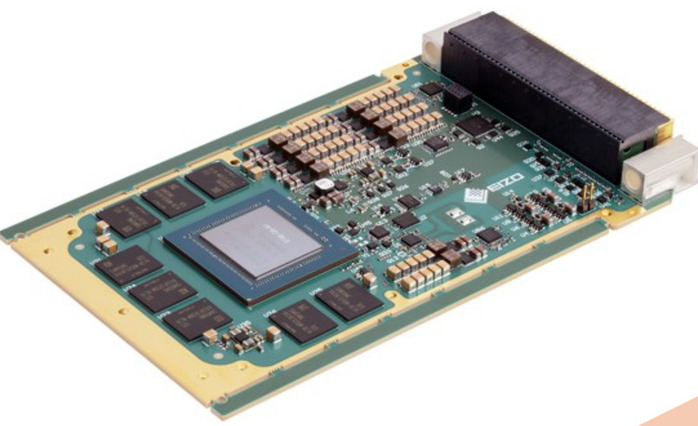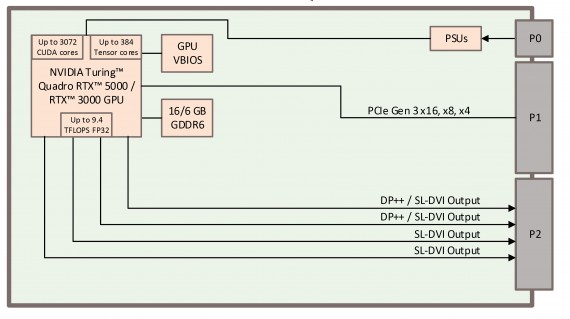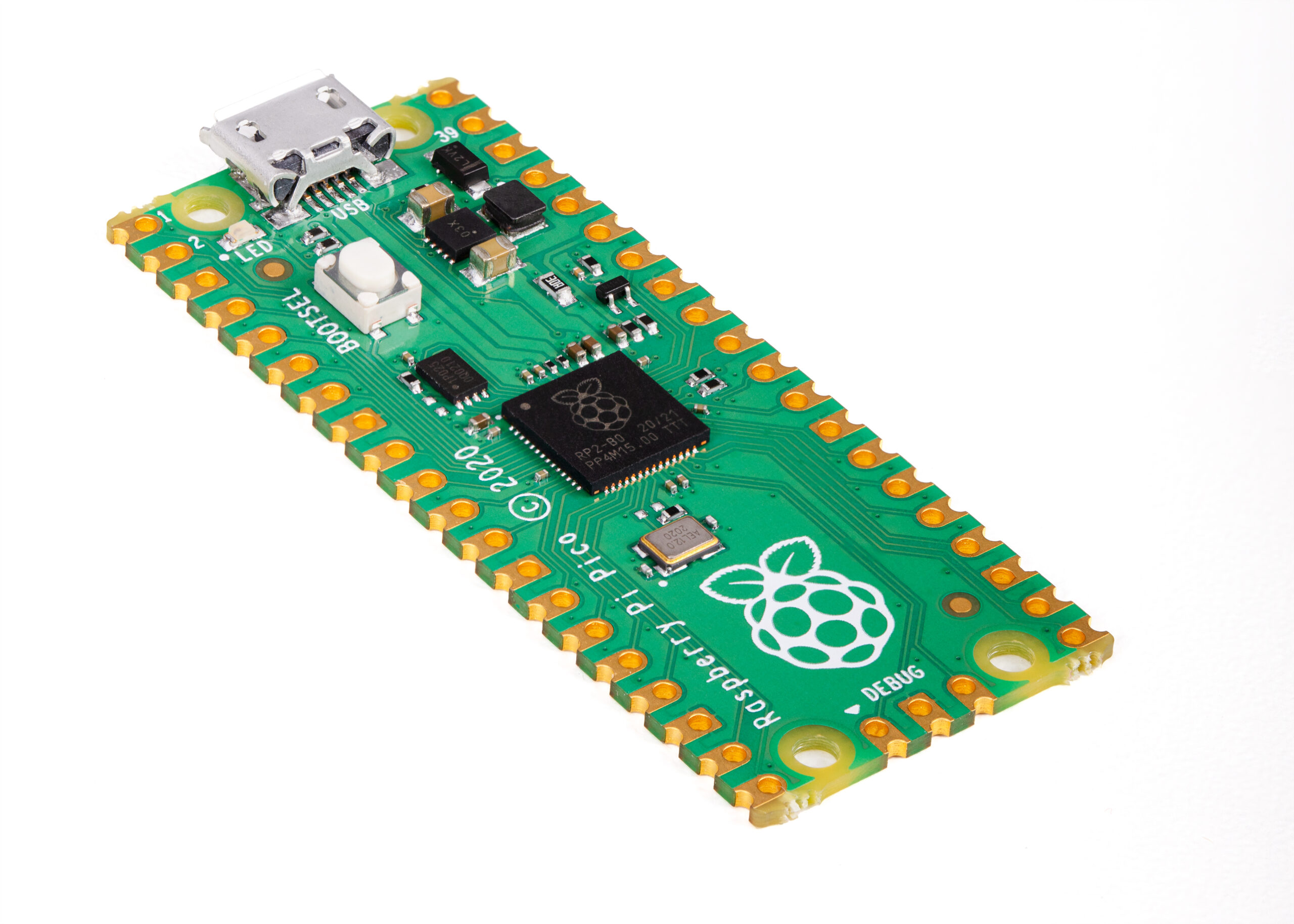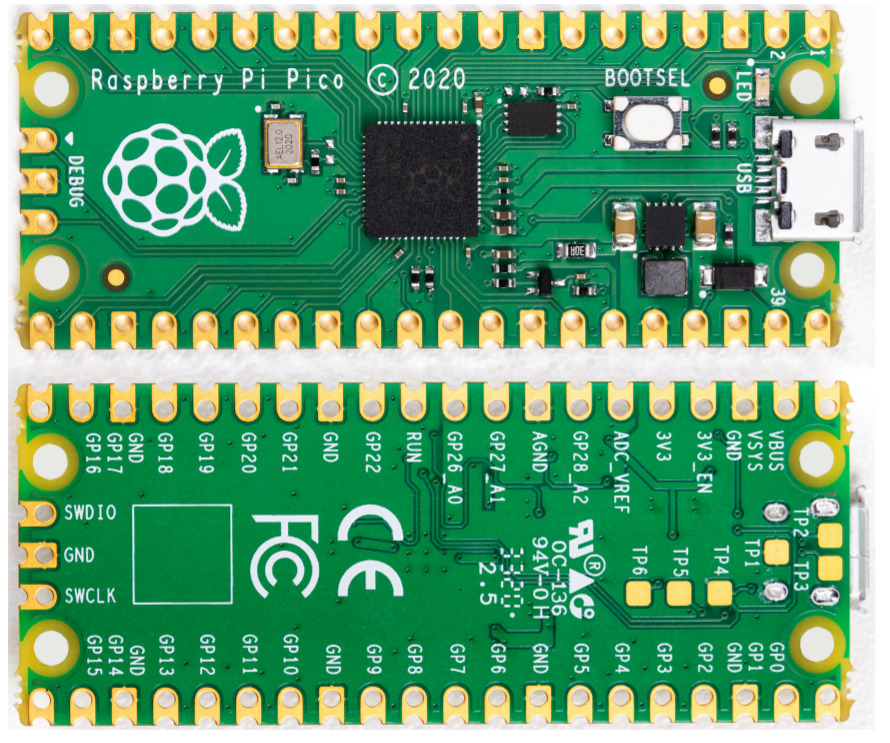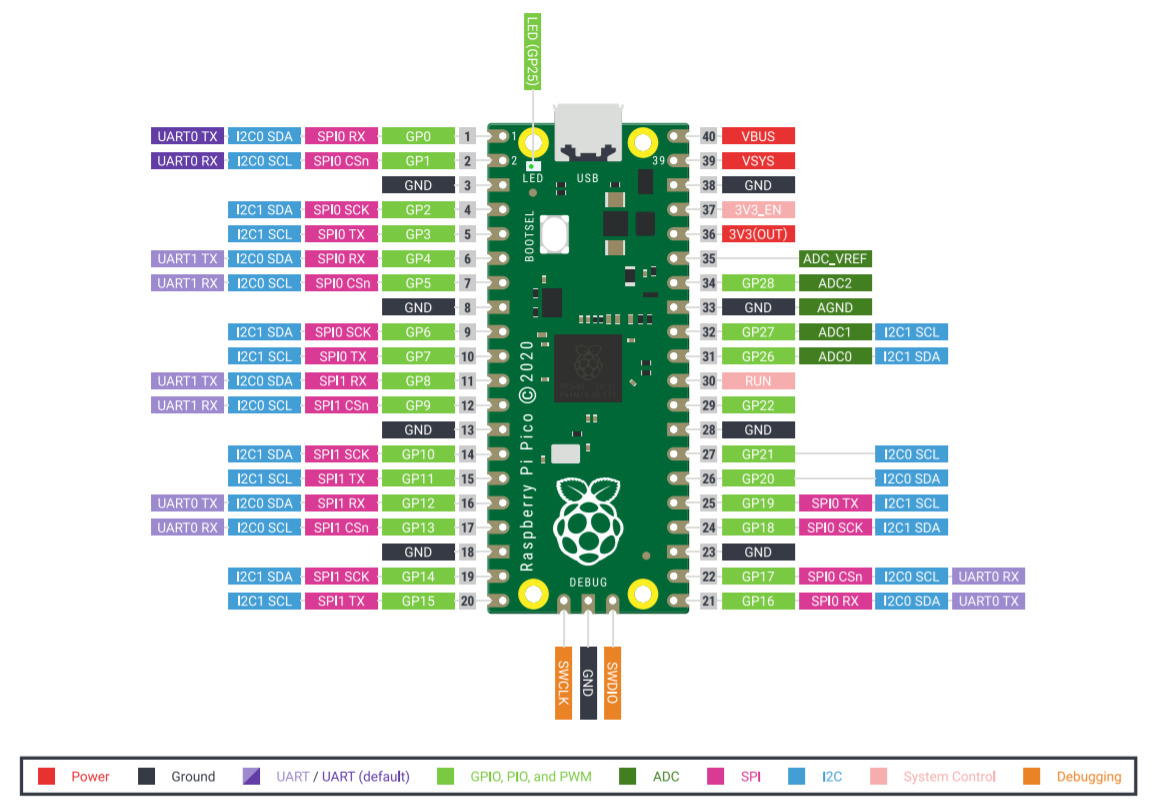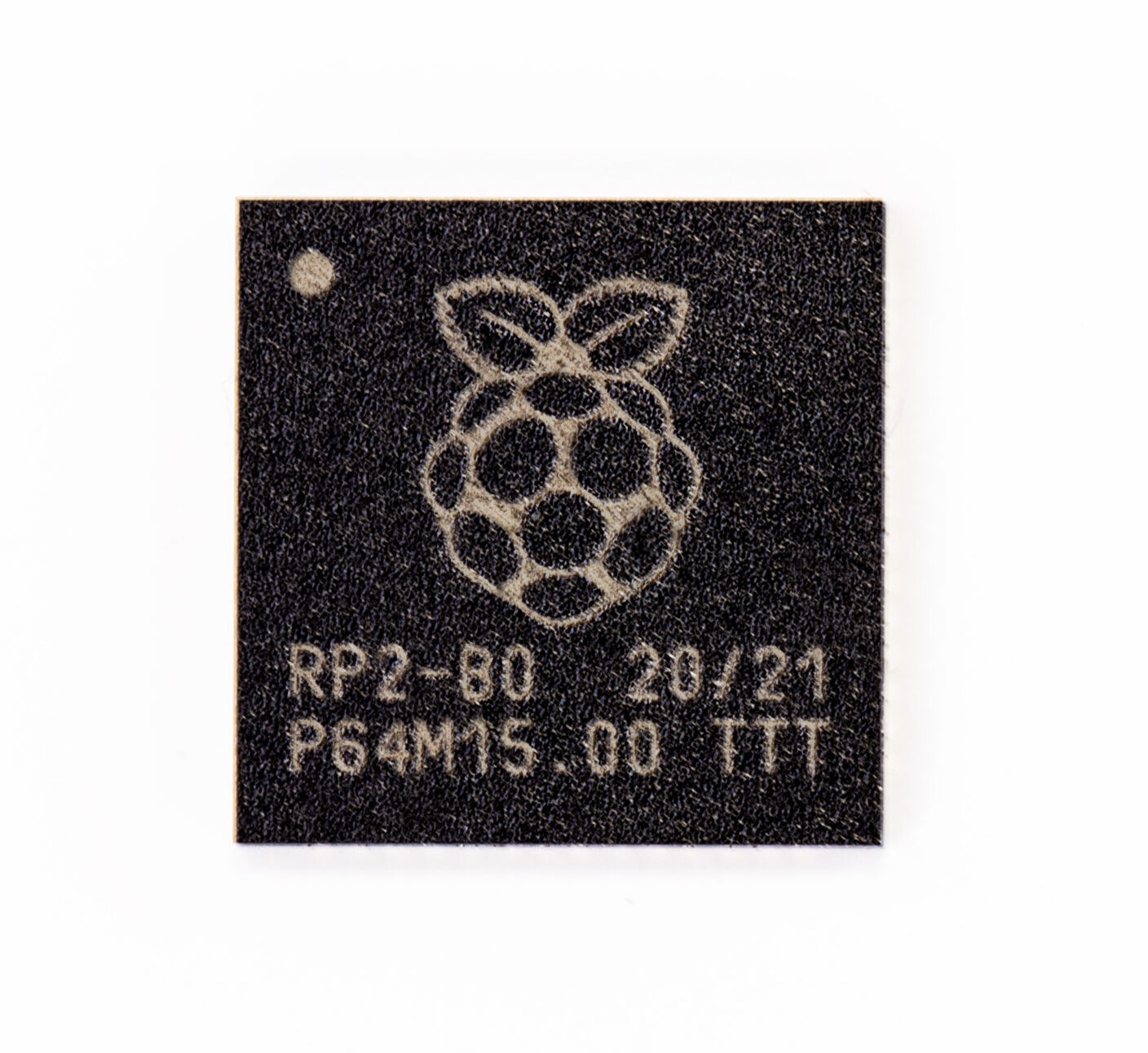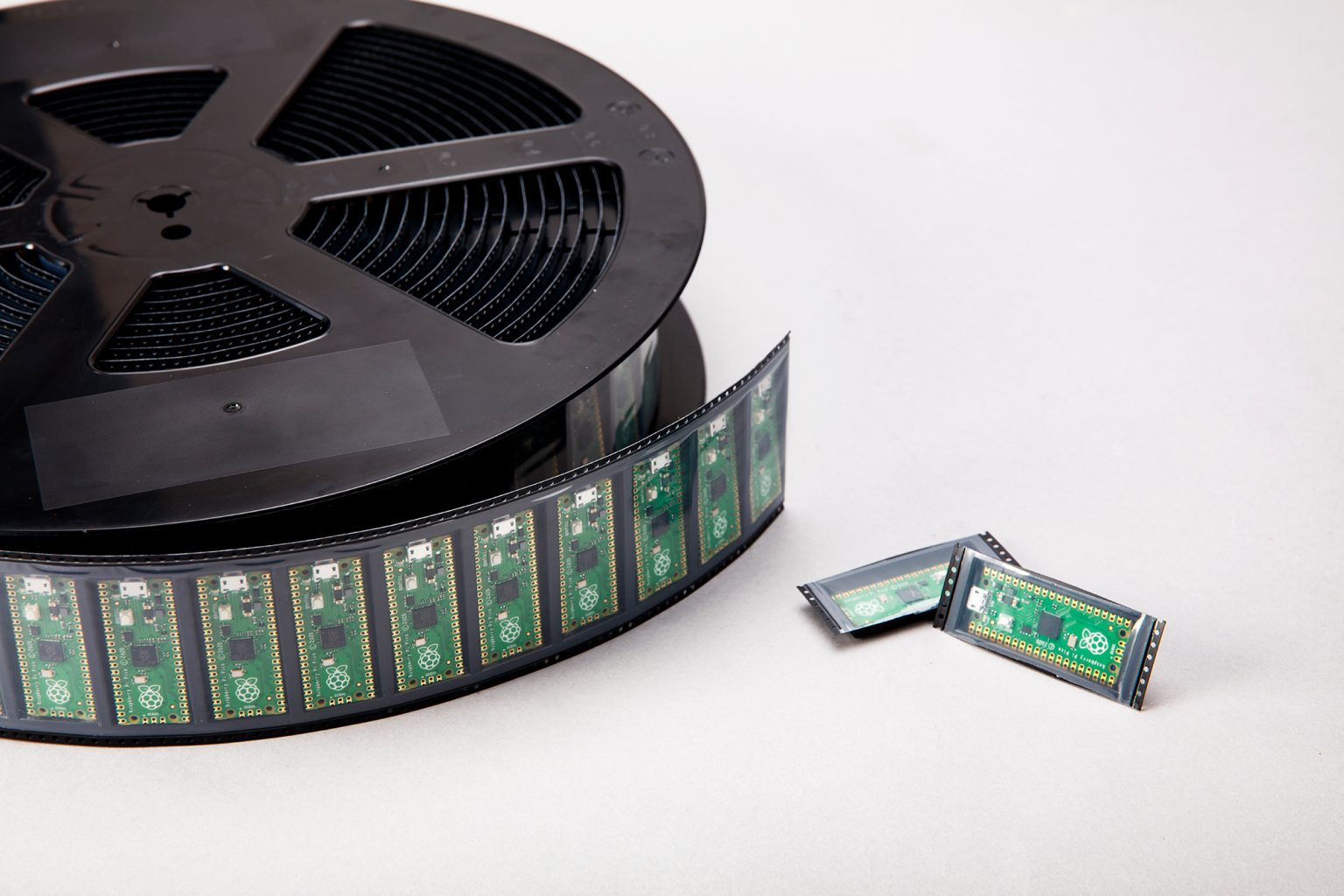Portwell has announced WADE-8212, the latest addition to its family of Mini-ITX form factor embedded system boards. According to Brian Lai, Portwell’s product manager, the new WADE-8212 is designed to provide more powerful multi-tasking function and enhanced high-definition imaging capability with faster network (2.5Gb) connectivity.
Its rich I/Os and expansion support multiple peripheral devices in diverse applications such as industrial automation, robotic manufacturing, automated test equipment, semiconductor equipment, factory process control, automated guide vehicle (AGV), medical equipment, communications appliances, IoT gateway, smart transportation and much more.
WADE-8212 supports the Intel Q470E chipset and the latest 10th Intel Core i9/i7/i5/i3/Pentium/Celeron processor platform (formerly Comet Lake S) up to ten cores/20 threads (35W-80W) in LGA1200 socket.
Additional features:
- Dual-channel DDR4 2400/2666/2933MHz Non-ECC SDRAM on two SO-DIMM sockets up to 64 GB.
- One and 2.5 Gigabit Ethernet (Intel I219LM and I225LM).
- Five COM ports (Two are BIOS configurable).
- Six USB 3.2 Gen 1 and four USB 2.0.
- Four SATA III ports, GPIO and Audio Jack.
Rich expansion interface includes:
- One PCIe Gen 3 x16, 1x M.2 key E 2230 for wireless modules (Bluetooth/Wi-Fi).
- One M.2. key M 2242/2260/2280 for SSD.
- One M.2 key B 3042 and SIM card socket for 4G/5G.
- Triple display includes 1x DP 1.2 (4K resolution).
- One HDMI 2.0a (4K resolution).
- One VGA (resolution up to 1920×1200) on rear.
- One LVDS (resolution up to 1920×1200) connector on board.
- ATX power; and onboard TPM 2.0 for security.
“The newly-designed WADE-8212 features the latest Intel 10th Generation Core processors,” said Lai. “This means it now offers up to 20% more cores than previous generation processors, up to 31 percent better performance on multi-tasking compute-intensive applications, and as much as 11 percent improved performance on single-task compute-intensive applications.
“But the benefits don’t stop there. It features MOSFET Heatsink to dissipate heat more efficiently and is suitable for fanless systems. To enhance serviceability, it has the option to use rechargeable CMOS battery for longer CMOS data retention. A compact PCIe card guide is designed to make easier installation and prevention of damage. Its 2.5 Gigabit LAN support (Intel I225LM) can boost networking performance up to 2.5 times faster than a traditional 1 Gigabit LAN, so the user benefits from faster file transfers and smoother video streaming while retaining high quality.
“What’s more, the improved WADE-8212 boasts a wide range of I/O and rich expansion, including 1x PCI Express x16 and multiple M.2 slots for wireless connectivity, storage and increased functionality in a wide range of applications. In addition, our customers not only benefit from the most up-to-date technology and features, but they also gain peace of mind from the long product life span (15+ years) inherent with every Portwell product.”
more information: https://portwell.com/products/detail.php?CUSTCHAR1=WADE-8212


